What Do You See?
When you begin to pray, when you start to write, when you sit with the Word or lean into meditation what do you see?
Not just what you think, but what you see.
Let your imagination walk into the scene.
Let’s take it to Scripture for a moment. Go with me to the manger. You’re standing there the night Jesus is born. You’ve stepped into that holy space. Now, what do you notice?
Look around.
What’s the light doing?
What do the walls smell like?
What is Mary whispering to Joseph?
What’s Joseph doing with his hands?
Because when we meditate on the Word, it’s not just about absorbing facts. It’s about entering the moment. It’s holy imagination. The kind that doesn’t just inform… it transforms.
I feel like I have done this all my life. I have many childhood memories stored in picturesque moments that caught my attention and became rich deposits in my memory bank.
When I was 19, I did a 3-hour sit-down with my grandfather, who was well into his 90s and had been blind for at least ten years. I said, “Grandpa, I’m standing 50 yards out in front of the old homeplace in Cumberland County, Kentucky, I’m looking toward the log cabin where you were raised. From left to right what am I seeing?”
And off he went.
He started slowly: “Well, over to the left is the old smokehouse. Just beside that is the woodpile. And then there’s the …” he continued like that, sweeping across the landscape with his words. He sometimes paused and introduced me to someone who stepped into his memory.
It took him fifteen or twenty minutes to describe the view from one side to the other. I didn’t mind. I wasn’t in a hurry. I wanted to see what he had seen and still saw.
I then asked him, “Grandpa, what was your first memory of a radio?”
He chuckled, “Oh, I remember it well. I was in Jake Sykes’ old grocery store…”
He described this little black device about the size of two silver dollars, with a wire running out the back and a hole in the middle. Jake told him to put it to his ear, and when he did, he heard a man talking inside.
He dropped it in shock.
“There’s a man talkin’ in there!”
Jake laughed and said, “Mark my words, Frank, one day you’ll be able to hear that man from all the way across the room.”
That moment stayed with him. And when he told me, I saw it because he saw it.
Both of my grandfathers were guilty of this kind of storytelling, pulling the mysteries of their past into my life and filling my imagination. If we had the time, I could tell you what was in the smokehouse, but I’ll leave that for another day. They didn’t just tell stories. They opened doors and walked you past treasured moments and family secrets wrapped in far-gone lives and antique notions.
That’s what sensory living does. That’s what true creativity is.
Whether you’re a poet, painter, potter, or preacher, your work is a conversation with life. With memory. With meaning. With the moment right in front of you.
So when you begin to write… or pray… or dance… or carve…
Ask yourself:
What do I see?
What do I hear?
What do I sense?
That’s not just imagination.
That’s communion.
Because creativity isn’t just a process, it’s a conversation with life. It’s the Spirit of God inviting you to step into the mystery.
So go ahead.
Write the scene.
Paint the scene.
Sculpt the scene.
Sing the scene.
Live the scene.
And let your imagination become an instrument of encounter. You never know what treasures might be waiting for you in the smokehouse.


